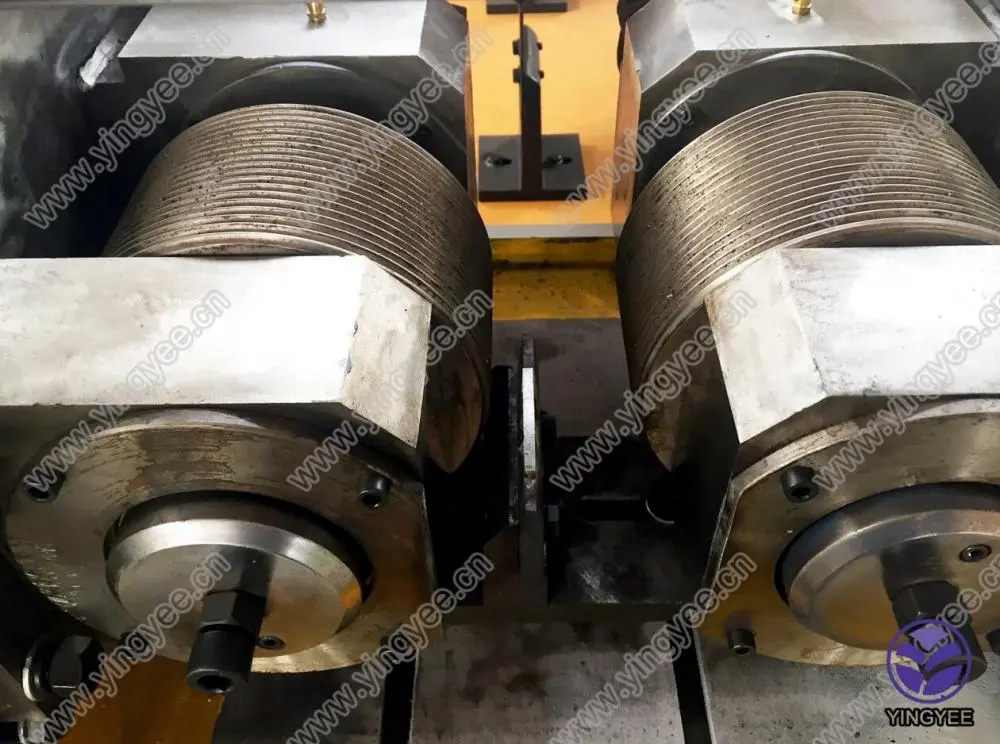
Understanding Coil Cutting to Length A Comprehensive Guide
Coil cutting to length is an essential process in various manufacturing industries, particularly in metalworking and fabrication. This process involves cutting coils of material, such as steel or aluminum, into specified lengths for further processing or direct use. Mastery of coil cutting to length can significantly enhance production efficiency, reduce waste, and ensure high-quality outputs, making it a critical aspect of modern manufacturing practices.
The Importance of Coil Cutting to Length
In the manufacturing landscape, materials are typically supplied in large coils, which can be more cost-effective and manageable than flat sheets. However, to utilize these materials effectively, they must be cut into lengths that suit specific production requirements. This is where coil cutting to length comes into play. The importance of this process can be highlighted by considering its role in inventory management, customization, and waste reduction.
By cutting coils to specific lengths, manufacturers can ensure they have the right amount of material for each project, minimizing the need for excess inventory. Additionally, the customized lengths allow fabricators to better match the needs of their customers, enhancing product offerings and adaptability in the market. Furthermore, efficient cutting techniques can significantly reduce material waste, translating to cost savings and environmental benefits.
The Coil Cutting Process
The coil cutting to length process typically involves several key steps
1. Coil Preparation Before cutting, the coil is inspected for quality and defects. This step ensures the integrity of the material and sets the stage for a successful cutting operation.
2. Uncoiling The coil is fed into a cutting line, where it is unwound straightened, and prepared for cutting. This step may include flattening the material to ensure precise cuts.

3. Cutting The actual cutting can be performed using various methods, such as shearing or laser cutting. Shearing is a traditional method that employs blades to cut through the material, while laser cutting uses high-intensity laser beams for more intricate and precise cuts.
4. Length Adjustment Depending on production needs, the cutting system may need to adjust the lengths automatically, ensuring that each cut is precise and meets specifications.
5. Packaging After cutting, the material is usually bundled or packaged for delivery. This step may also involve labeling, which is essential for inventory tracking and customer orders.
Technology in Coil Cutting
Modern advancements in technology have revolutionized the coil cutting to length process. Automated systems equipped with sensors and software can optimize cutting operations by analyzing production data and deciding the best methods to use. This not only speeds up the process but also minimizes human error, ensuring that finished products meet the necessary standards consistently.
Software technologies, particularly in manufacturing execution systems (MES) and enterprise resource planning (ERP), integrate seamlessly with cutting machinery. This integration allows for real-time tracking of production metrics and inventory levels, helping manufacturers fine-tune their operations to enhance overall efficiency.
Conclusion
Coil cutting to length is a critical process in the manufacturing industry, serving as a bridge between raw material supply and final product quality. Mastering the techniques and technologies associated with cutting to length can yield significant benefits in terms of efficiency, cost-effectiveness, and product customization. As industries continue to embrace automation and smart technologies, the coil cutting process will likely evolve, presenting more opportunities for optimization and innovation.
In conclusion, efficient coil cutting to length not only helps meet specific customer requirements but also supports sustainability goals by minimizing waste. As businesses continue to adapt to changing market dynamics and technological advancements, this foundational process will remain pivotal in driving success in manufacturing operations.